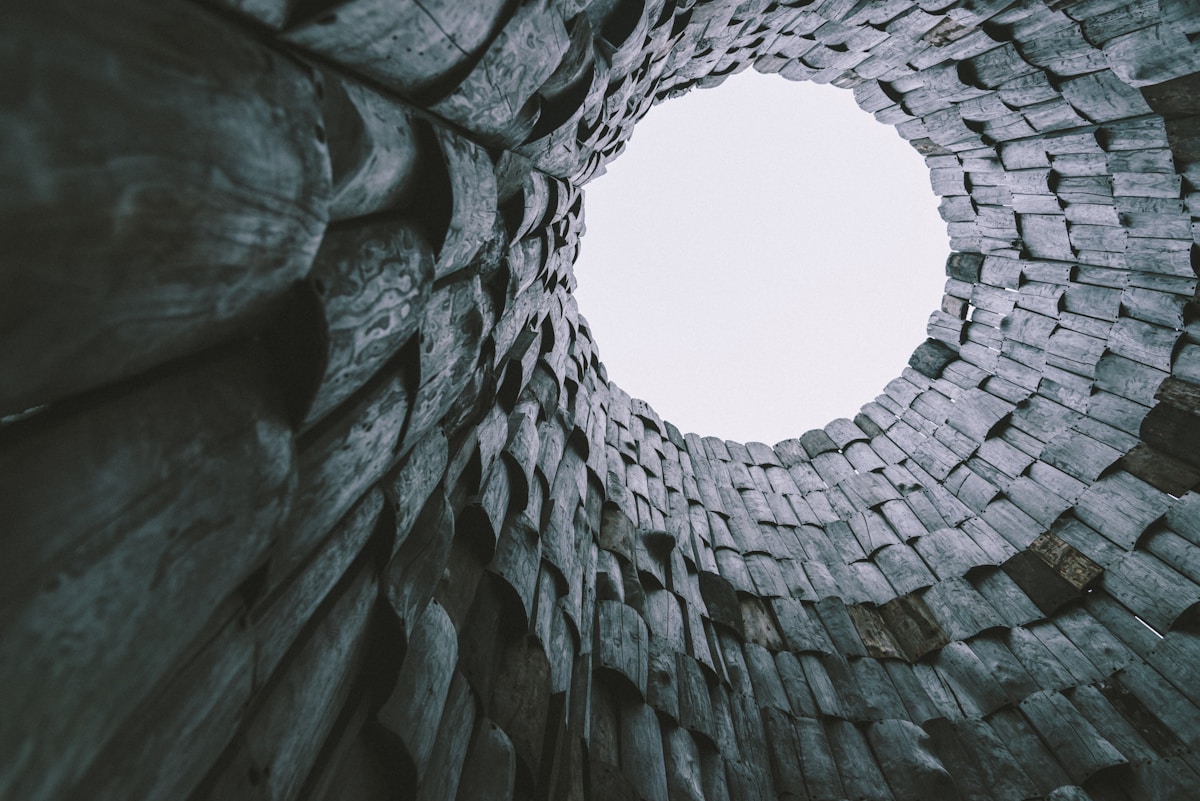Times have changed, and so have the technologies. People are now using advanced machines and methods to use natural resources. Water bores are not a new concept, but not many nations have adopted them to provide a better water supply. While some countries rely on it for the public water supply, many other regions have the machines strewn in some farmlands and properties with high water requirements. Also, areas lacking other forms of water resources rely on this method. Individuals or government may install the bores and pumps to make use of the groundwater for all the basic needs.
If you are also planning to drill a water bore at your place or in your area, make sure to learn about the working so that you don’t end up in trouble having inferior quality products in the water supply system. The water bore has to be protected in order to maintain the continuous supply, which can be disrupted by the faults in the structure. Let us dive deeper into the topic of water bores and their protection techniques.

What is the Role of the Bore?
Water can get contaminated through the bores if the quality isn't checked regularly. The pipes and connections form the infrastructure, which will have an average lifespan of 20-30 years. Poor maintenance and construction can lead to the contamination of water in private wells and bores. These are constructed to store and supply water to the houses and other neighboring areas. You need to make sure that the bores are properly secured so that the water from the surface doesn't damage the water stored. If the wellhead is not properly covered or the bore casing has cracks or fissures, the water can get contaminated with time. As this water seeps in, the groundwater becomes unusable. The bore needs to be protected to keep the bacteria and other contaminants away from the pure water. Preventing this seepage of surface water will help in maintaining the quality. Visit here to know more - https://www.waboreservices.com.au/.

Tips to Protect the Bore
Make sure to find a location for the bore that is not near the potential sources of contamination. Septic tanks, disposal areas, and offal holes should be as far as possible from the bores constructed.
- The council can help you with finding the ideal setback distances from these sources of contamination. Consult them when you are in need of help, ensuring the safety of people in an area by preventing contamination.
- Bores should be securely sealed always so that contaminants and stormwater don’t enter the water supply. Stock access must also be prevented if the regions are prone to such conditions; you can do it by fencing around the bore.
- A backflow prevention device must be used to stop the flow of contaminated water into the pure supply.
- Samples can be collected in a few weeks or months from the bore to check the quality of the water consumed.
- All unused bores should be backfilled to prevent the growth and entry of contaminants.